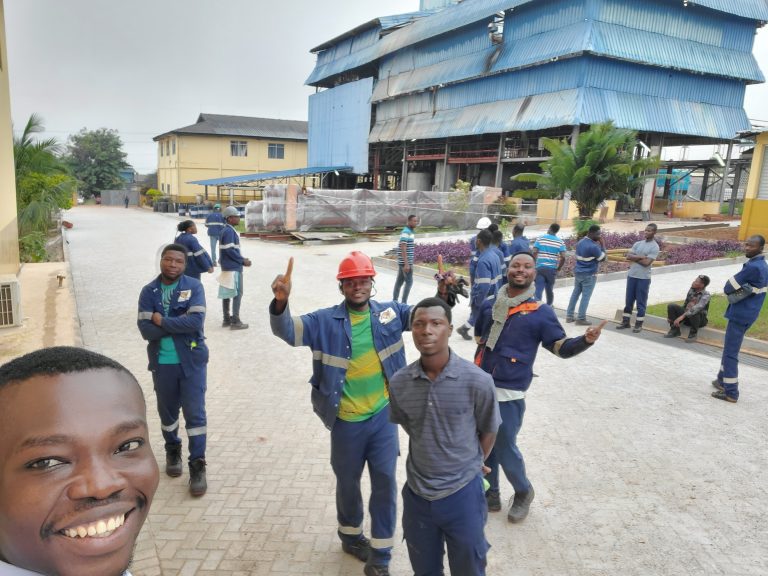Being a safety professional is more than enforcing rules—it’s about creating a culture where people understand the why behind safety. It’s about earning trust, breaking barriers, and ensuring every worker goes home in one piece, ready to embrace their loved ones.
Setting the Tone for Safety
The day typically starts with a site inspection or a safety briefing. Walking the floor, checking compliance, and engaging with workers is crucial. Some employees listen attentively, ask thoughtful questions, and genuinely want to improve their safety practices. Others nod along but immediately go back to old habits the moment you turn away. And then, there are the tough cases—the ones who openly resist any safety intervention, seeing it as unnecessary or restrictive.
This is where soft skills come into play. Building relationships, fostering open conversations, and letting employees know that safety isn’t about rules—it’s about them. Their families need them. Their well-being matters. No organization will mourn them forever, but their loved ones will. When workers realize that safety isn’t a policing exercise but a fundamental part of their existence, they begin to take responsibility.
Juggling Priorities and Managing Expectations
Throughout the day, a safety professional is bombarded with various concerns—some valid, some not necessarily related to occupational safety. Employees will bring issues that technically fall under other departments, but because they perceive them as “safety concerns,” they want immediate action. Learning to differentiate what falls within safety’s jurisdiction and what doesn’t is a balancing act.
Meanwhile, management’s involvement can be a game-changer. Some leaders actively promote a safety-first mindset, providing resources and support. Others are more focused on productivity and see safety as a hurdle rather than an enabler. When management is indifferent to safety, the burden falls on the safety professional’s ability to influence rather than enforce.
Problem-Solving and Crisis Management
Safety professionals often face moments that test their knowledge, patience, and resilience. Whether it’s investigating incidents, implementing corrective actions, or conducting training sessions, the role is a constant cycle of problem-solving.
The greatest challenge is ensuring sustainable compliance, not momentary adherence. It’s easy to get employees to follow safety protocols when someone is watching, but how do you make safe practices second nature? That’s where consistency, empathy, and effective communication come in.
Reflecting and Staying Resolute
At the end of the day, despite the frustrations, victories, and setbacks, the mission remains the same—keeping people safe. Knowing that one conversation, one intervention, or one well-placed safety measure could mean the difference between life and death makes the job rewarding.
To all safety professionals out there, stay resolute. The job is demanding, but it’s one of the most meaningful roles in any organization. By fostering trust, advocating for safety, and standing firm in our mission, we help ensure that every worker returns home safely.
Because safety is not a policy—it’s a promise.



